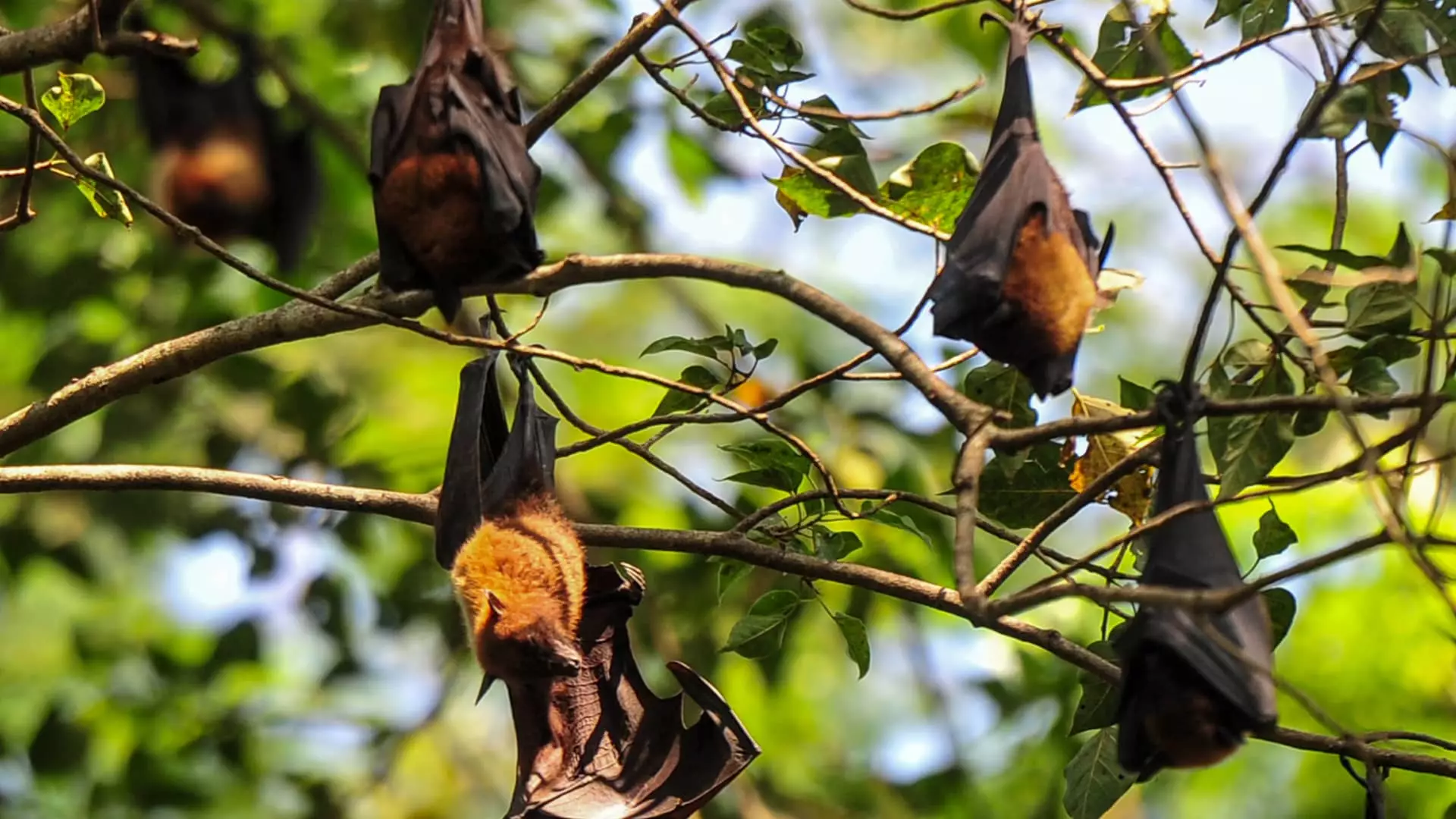The recent flare-up of the deadly Nipah virus in the southern Indian state of Kerala has put health authorities on high alert. Following the death of a 14-year-old boy from the infection over the weekend, authorities are now racing to track down those who may have come into contact with him. Health Minister Veena George has stated that close relatives of the teenager have tested negative for the virus, but precautionary measures such as wearing face masks in public areas remain in place. The state’s health minister has identified 60 people as being at high risk of contracting the disease, all of whom are now being tested for the virus.
The Nipah virus, first identified 25 years ago in Malaysia, is considered one of the most dangerous pathogens in the wild. With a case fatality rate as high as 75%, the virus has the potential to spark another pandemic. The virus is transmitted to humans from animals such as fruit bats or pigs and is known to cause a lethal brain-swelling fever. Human infections can range from asymptomatic to acute respiratory infection, with no vaccine or cure currently available for the virus.
Low Risk of Further Transmission
Dr. Roderico H. Ofrin, WHO Representative to India, has stated that the latest outbreak of the Nipah virus in Kerala appears to have a low risk of further transmission. Extensive contact tracing has been carried out by the Kerala government, with 60 high-risk contacts of the deceased teenager being tested for the virus. Ofrin attributes the detection of Nipah virus outbreaks in Kerala to the state’s excellent system for identifying, detecting, and registering suspected cases, leading to immediate public health measures.
Prior to the recent flare-up, Kerala had reported four separate Nipah virus outbreaks since 2018. Extensive tree loss and rapid urbanization in the region have created ideal conditions for the virus to emerge, as reported by Reuters in an investigation last year. The multi-factorial reasons behind the detection of Nipah virus outbreaks in Kerala emphasize the need for continued vigilance and preventive measures to contain the spread of the virus.
The outbreak of the Nipah virus in Kerala underscores the importance of robust public health systems and proactive measures to prevent the transmission of deadly pathogens. While the current outbreak appears to have a low risk of further transmission, ongoing surveillance and containment efforts are crucial to protect the population from the potential threat of the Nipah virus.


Leave a Reply